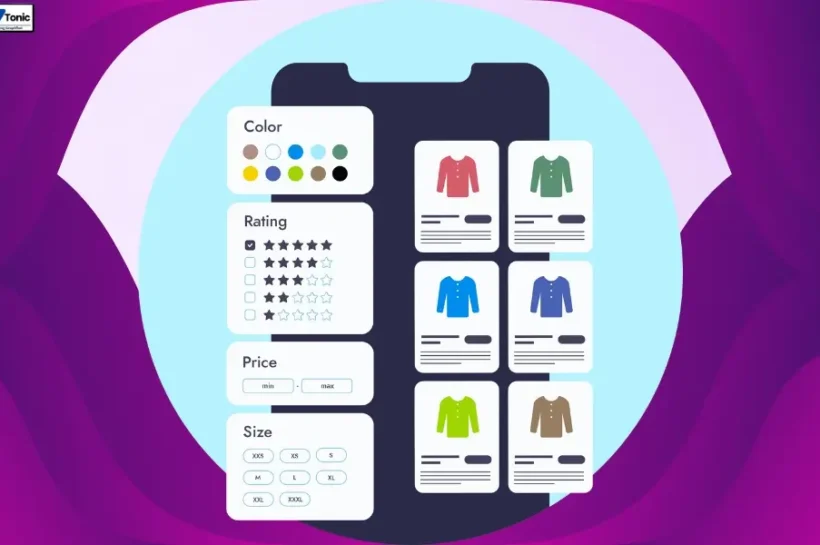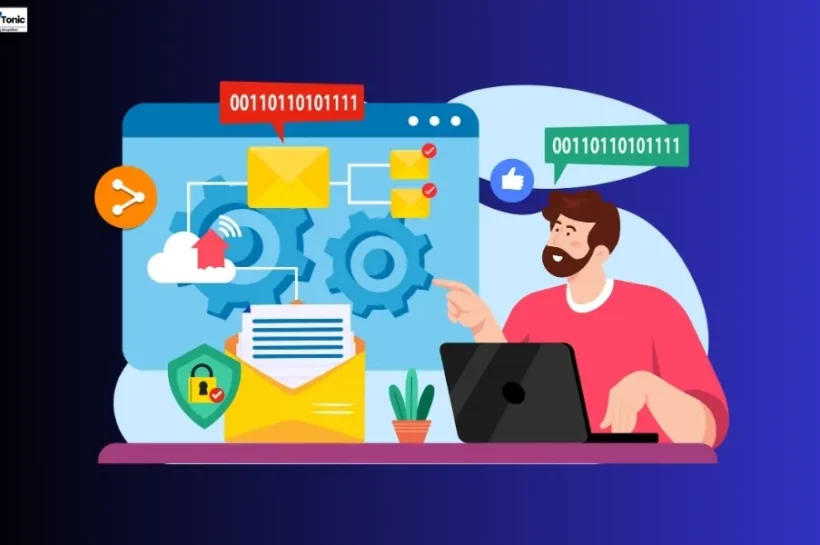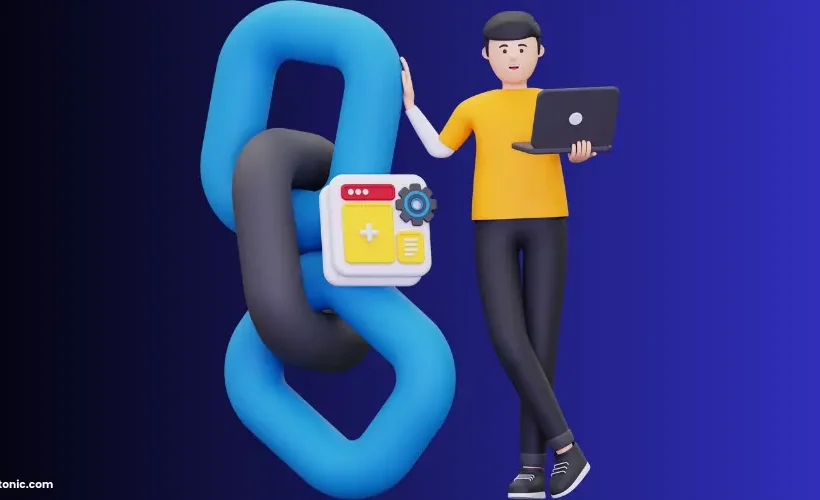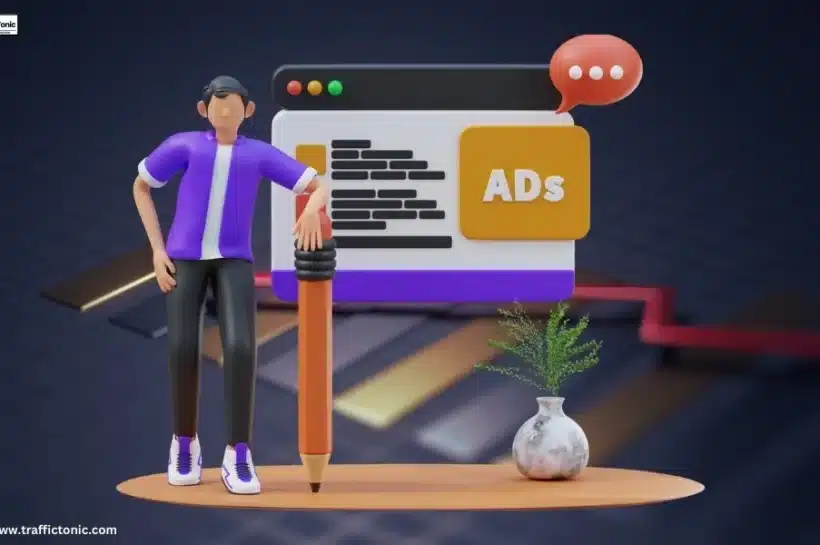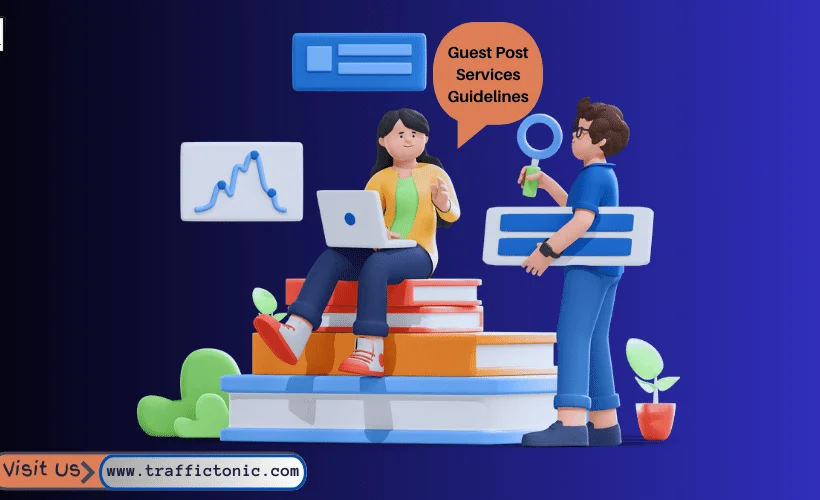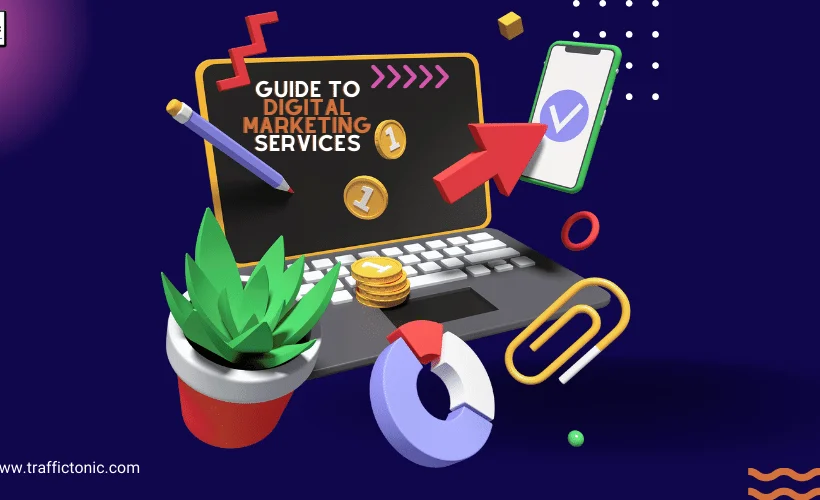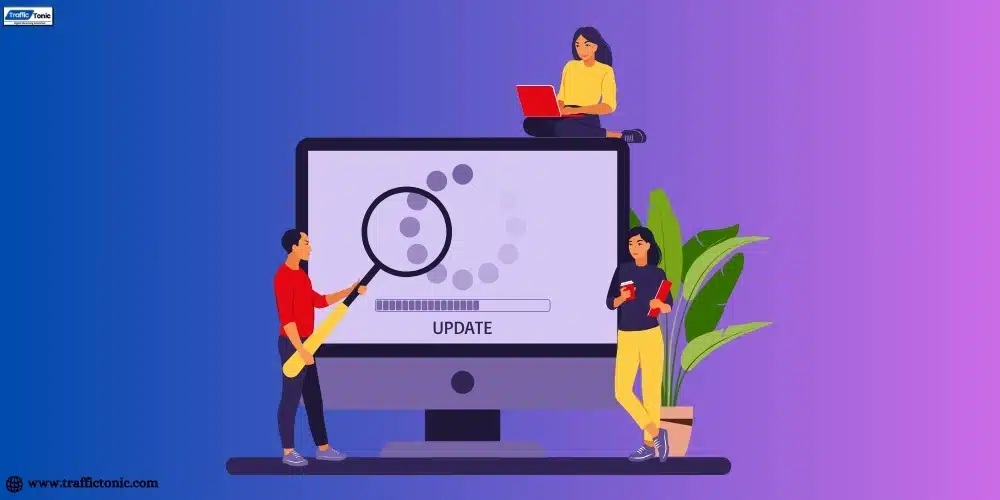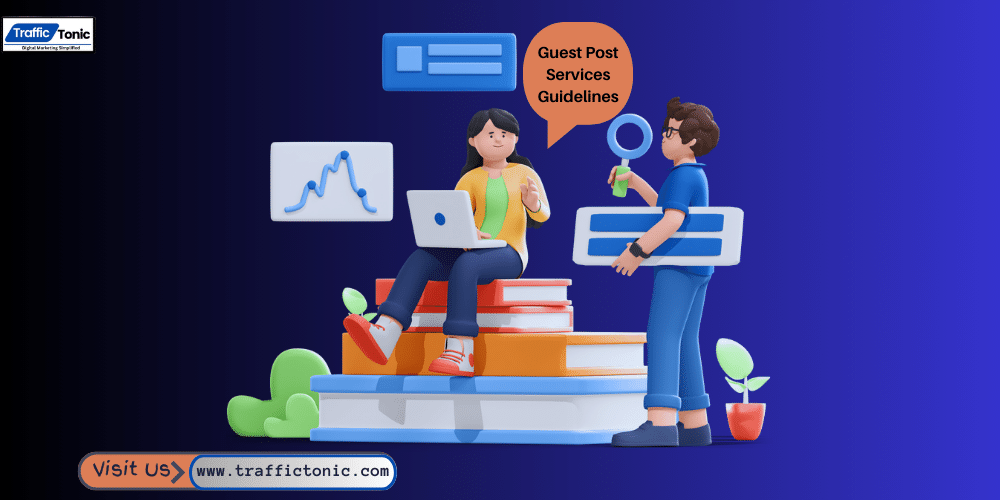Google algorithm update, including enhancements to its helpful content system, is now live, marking a significant step in the ongoing battle against unhelpful content in search results. This update, part of Google’s core algorithm update, brings about a 40% reduction in unhelpful content, and a substantial improvement in search quality.
The March 2024 core update represents a major overhaul of Google’s core ranking algorithm and related systems. These changes are designed to improve the overall quality of search results. Alongside this update, Google is also rolling out several spam updates to further enhance search quality.
One of the key highlights of this update is the integration of Google’s helpful content system into its core ranking system. This move underscores Google’s commitment to providing users with the most relevant and useful search results.
Additionally, Google has announced a series of new and updated spam policies that will be enforced through automated algorithms and manual actions. These measures are aimed at cracking down on spammy and low-quality content, further improving the search experience for users.
The latest updates to Google’s Spam Explainer document offer valuable insights into the changes being implemented, particularly concerning links. This underscores the importance of high-quality, relevant links in the context of SEO and content creation.
Google’s March 2024 Core Update brings forth 4 significant changes to the link signal, mirroring the intricate nature of the updated ranking algorithm.
In light of the March 2024 Core Algorithm Update, Google’s Spam Explainer underwent revisions to accommodate the new landscape. The alterations encompass both removals and additions, each carrying implications for the core algorithm’s evolution.
What is the Main Focus of the March 2024 Google algorithm update?
Google’s March 2024 Core Update has deindexed hundreds of websites in its early stages, targeting low-quality content and AI-generated spam. Google always focuses that if anyone searches on their search engine anything, they get valuable and accurate information. Deindexed sites face significant consequences, such as losing organic search traffic and AdSense revenue. This is the major reason for the rollout of core updates timely. Google always makes the necessary changes to its search engine algorithms to enhance the user’s experience.
Google pushes core updates every few months to prevent misleading information in their search engines. Google’s Core Update of March 2024 has major 3 updates that are mentioned below:
1. Targeting AI-Generated Spam and Thin Content
The latest update places a heightened emphasis on quality content and authoritative sources. Websites that provide valuable, well-researched content and establish themselves as credible sources in their respective niches are likely to see positive impacts on their rankings. This underscores Google’s commitment to elevating trustworthy information and combating misinformation.
AI-generated content can mislead valuable information and completely avoids Google’s E-E-A-T guidelines. Google created E-E-A-T guidelines to improve the content quality and enhance the user experience. This update is harmful to those digital marketers who do not follow Google’s guidelines and provide misleading digital marketing services to their clients and others.
The manual actions taken against those sites demonstrate Google’s commitment to combating the rise of AI-driven spam and low-quality content.
2. Expired Domain Abuse Spam (Spam Update 2024)
Now, Google will identify as spam the practice of buying expired domains and using them for new purposes just to increase the search engine ranks of low-quality website material. This process is also known as expired domain abuse. The goal of this core update is to stop this behavior. This week, Google has started the rollout of the core update that will be completed at the end of March 2024. Google uses both manual penalties and algorithmic penalties to combat this abuse.
If content creators want to rank their websites higher in search engines, they need to focus on quality rather than quantity. Content creation should not focus on such kind of practices that violate the Google algorithms policy. March Google algorithm update is an anti-spam policy that will now focus on manipulative behavior such as abusing scaled content, third-party site reputation, and expired domains.
3. New Signal Related To Outgoing Links (Impact of Outbound Link Signals)
Any attempts to manipulate rankings in Google Search results through links may be flagged as link spam. This encompasses any actions that seek to manipulate either inbound links from a website or outbound links from a website. Google has always penalized websites that sell outgoing links.
Google always recommends that earn links naturally and user-generated links to your websites. It increases the website’s reputation in search engines.
How Much Time Does a Website Take to Recover From a Google Core Update?
There is nothing that can reveal the exact timelines to recover a website that is impacted by the Google core update. By following some tips and recommendations that are always suggested by Google can recover your website and help to maintain the website’s ranking in search engines. Some important tips to recover websites that are affected by Google core updates are mentioned below.
1. Initial Impact Assessment with Analysis of Data
- Websites should initially assess the impact of the Google algorithm update on their rankings and traffic.
- Analyze changes in keyword rankings, organic traffic, and user engagement metrics to gauge the extent of the impact.
2. Content Evaluation According to Google Helpful Content Guidelines
- Evaluate the quality, relevancy, and authority of website content in light of the core update.
- Ensure content adheres to E-E-A-T (Experience, Expertise, Authoritativeness, Trustworthiness) guidelines outlined by Google.
3. Backlink Analysis of the Website
- Examine the website’s backlink profile to identify any low-quality or spammy links.
- Disavow or remove any toxic backlinks that could negatively impact search rankings.
4. User Experience Optimization for Better Content Delivery
- Improve website usability, page load speed, and mobile responsiveness to enhance user experience.
- Google prioritizes websites that provide a seamless browsing experience across devices.
5. Technical SEO Audit of a Website
- Conduct a comprehensive technical SEO audit to identify and address any technical issues.
- Ensure proper website indexing, crawlability, and schema markup implementation.
6. Algorithmic Update and Changes Monitoring
- Monitor algorithmic fluctuations and search engine result pages (SERPs) for signs of recovery and website optimizations.
- Track changes in keyword rankings and organic traffic over time to assess recovery progress.
7. Patience and Persistence is The Key of Success:
- Understand that recovery from a Google algorithm update may take time and patience.
- Continuously optimize website content and user experience while adhering to Google’s guidelines.
8. Adaptation of SEO Strategies and Iteration According to the Google’s Guidelines:
- Adapt SEO strategies based on ongoing analysis and feedback from Google’s algorithms.
- Iterate and refine website content, link-building tactics, social bookmarking, and website technical optimizations to align with evolving search engine requirements.
9. Seeking Expert Guidance to Improve Brand Presence:
- Consider seeking assistance from SEO professionals or consultants for specialized expertise and guidance.
- Stay informed about industry best practices and updates to navigate Google Core Updates effectively.
- Continuously follow the digital marketing services providers or consultants on social media platforms for the latest algorithm updates and changes.
10. Documentation of Strategies and Continuous Learning:
- Document strategies according to the latest algorithm changes, observations, and outcomes throughout the recovery process.
- Continuously learn from past experiences to better prepare for future Google Core Updates.
By following these points and adhering to Google’s E-A-T guidelines, websites can effectively navigate the recovery process from a Google Core Update and position themselves for long-term success in search engine ranking.
Conclusion: How to Secure Your Website From Google Penalties?
If content creators want to secure their website from Google penalties, they should follow the Google guidelines strictly. Always get updated on the latest algorithm changes and create content according to the guidelines. Websites that provide valuable, well-researched content and establish themselves as credible sources in their respective niches are likely to see positive impacts on their search rankings.
Content creates always remember that Google continues to prioritize user experience as a crucial ranking factor in search engines. With the March 2024 Google algorithm update, Google optimizes its algorithms to reward websites that offer seamless navigation and deliver an optimal browsing experience across devices. Websites that regularly update their content, stay relevant to current trends and user queries, and provide timely information are likely to see improved visibility in search results.
In conclusion, securing your website from Google penalties requires a comprehensive approach that prioritizes adherence to Google’s guidelines and best practices. By focusing on quality content creation, ethical link-building strategies, enhanced user experience, and continuous monitoring and adaptation, website owners can mitigate the risk of penalties and maintain a strong online presence. Additionally, staying informed about Google algorithm updates and seeking expert guidance when needed can further bolster your website’s resilience against potential penalties. Ultimately, by prioritizing transparency, authenticity, and user satisfaction, websites can build a solid foundation for sustainable growth and success in the digital landscape while minimizing the risk of Google penalties. Happy Marketing!
Welcome to TrafficTonic – your ultimate source for cutting-edge insights in digital marketing and search engines. Stay ahead of the curve with our timely updates, expert analyses, and actionable strategies. Elevate your online presence and drive success in the digital realm with TrafficTonic. Where innovation meets impact!


